ZIMBABWE'S largest financial services group by assets, CBZ Holdings (CBZ), has said it is negotiating with regional lenders for external loans at concessionary rates.
The group's chief executive officer, Never Nyemudzo, told The Financial Gazette that CBZ was discussing with Afreximbank, Trade and Development Bank (formerly PTA Bank) and Shelter Afrique to review Zimbabwe's risk profile and reduce the cost of capital.
"We are already and are always on the market looking for loans but the key issue regarding external lines of credit is the price," he said, adding that the bank wants to get loans at lower rates to enable beneficiary companies to produce and have competitive goods and services.
"Currently, the rates have been averaging between nine to 12 percent, and we are seeing that as not favourable to this operating environment. We are discussing with different people who are willing to provide these facilities at between four to five percent. Once we get it at that level, then we can lend it to somebody who can produce competitively for this market or even the export market," Nyemudzo said.
Zimbabwe's manufacturing sector continues to pay a heavy price for the sovereign risk that has also restricted the flow of foreign direct investment to the nation.
Statistics from the Reserve Bank of Zimbabwe show total loans and advances declined to $3,64 billion as at June 30, 2017 from $3,7 billion as at December 31, 2016, sparking fears that the cutback on loans could result in stunted economic growth as companies struggle for working capital and capital funding.
Nyemudzo, however, said demand for loans remained high.
"Generally there is a lot of thirst for funding that is properly priced so we are just negotiating for any amount that we are able to disburse to intended beneficiaries. These discussions are at various stages, but the key issue is always about pricing. If it is four to five percent, it is acceptable. Anything else you know you are just giving to somebody who will not be competitive and the issue of imports coming into this country then doesn't get to be addressed," Nyemudzo added.
Local banks were recently forced to cut interest rates in an effort to stimulate the comatose economy with low risk creditors and the productive sector getting loans at concessionary rates of between six and 12 percent
Central bank governor, John Mangudya last week said financial institutions had reduced their lending rates and bank charges to promote provision of affordable banking services and access to credit.
By the end of June this year, the average maximum effective lending rate was 11,94 percent compared to 15,7 percent as at the end of December 2016.
"The Reserve Bank shall continue collaborative engagements with banking institutions to boost credit to the productive sectors of the economy. In addition, banking institutions are required to adequately disclose and communicate their respective effective lending rates to their borrowers," he said.
For the past few years, banks have been charging interest rates as high as 35 percent excluding default rates of equal or higher thresholds.
The previous punitive interest rates have been blamed for the high prevalence of non-performing loans, as they made it difficult for borrowers to repay.
Mangudya, however, said there was a notable improvement in the quality of the banking sector loan portfolio over the year.
"The improvement in non-performing loans ratios is largely attributed to enhanced credit risk management practices at some banks and disposal of loans to Zimbabwe Asset Management Company amounting to $898,57 million as at June 30, 2017," the central bank chief added.
- fingaz
 'Zimbabwe does not need IMF'
'Zimbabwe does not need IMF'  South Africa ripe for a coup
South Africa ripe for a coup  India dumps US Treasury bills
India dumps US Treasury bills  Zimbabwe's dollar stock exchange surges 45%
Zimbabwe's dollar stock exchange surges 45%  Gold edges up as traders await guidance
Gold edges up as traders await guidance  fastjet introduces Bulawayo-Victoria Falls flights
fastjet introduces Bulawayo-Victoria Falls flights  Young Investment Professional (YIP) Graduate Programme 2019
Young Investment Professional (YIP) Graduate Programme 2019 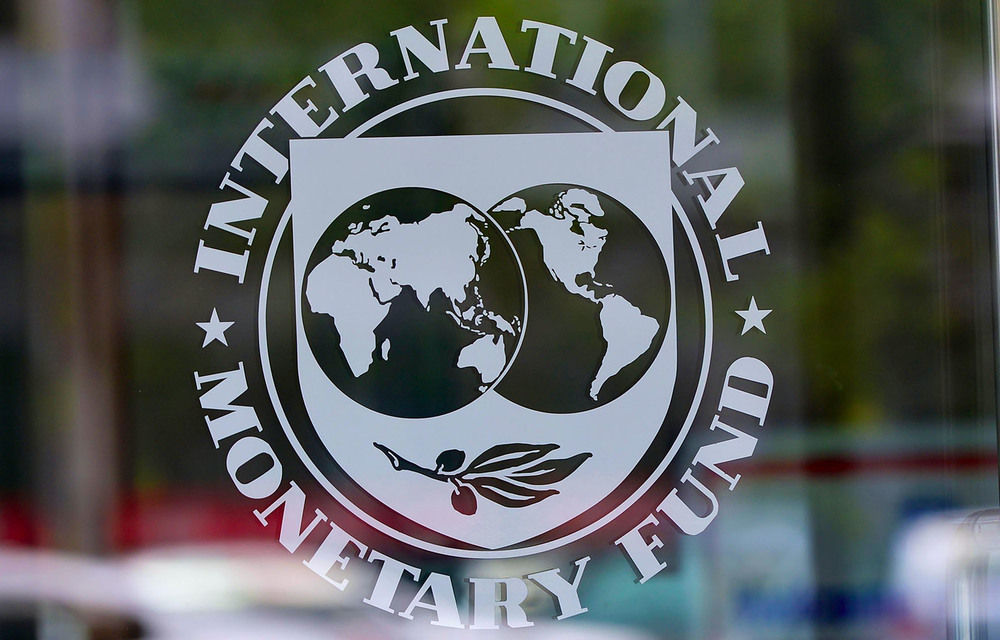

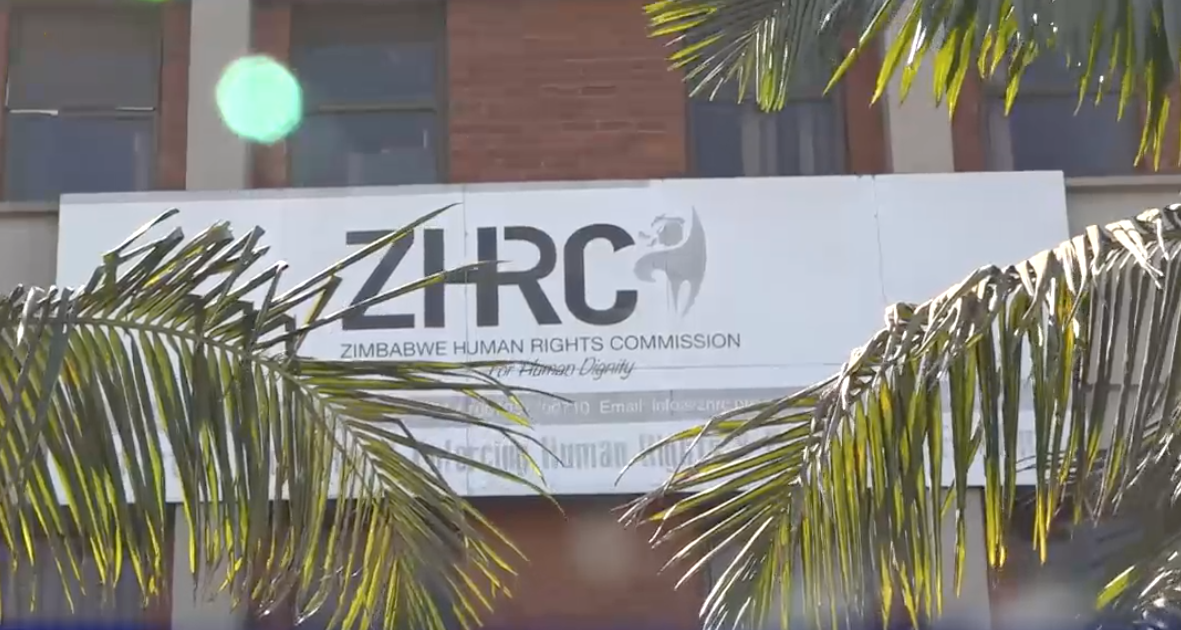
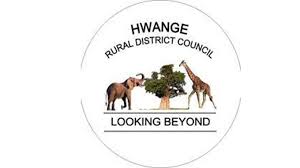
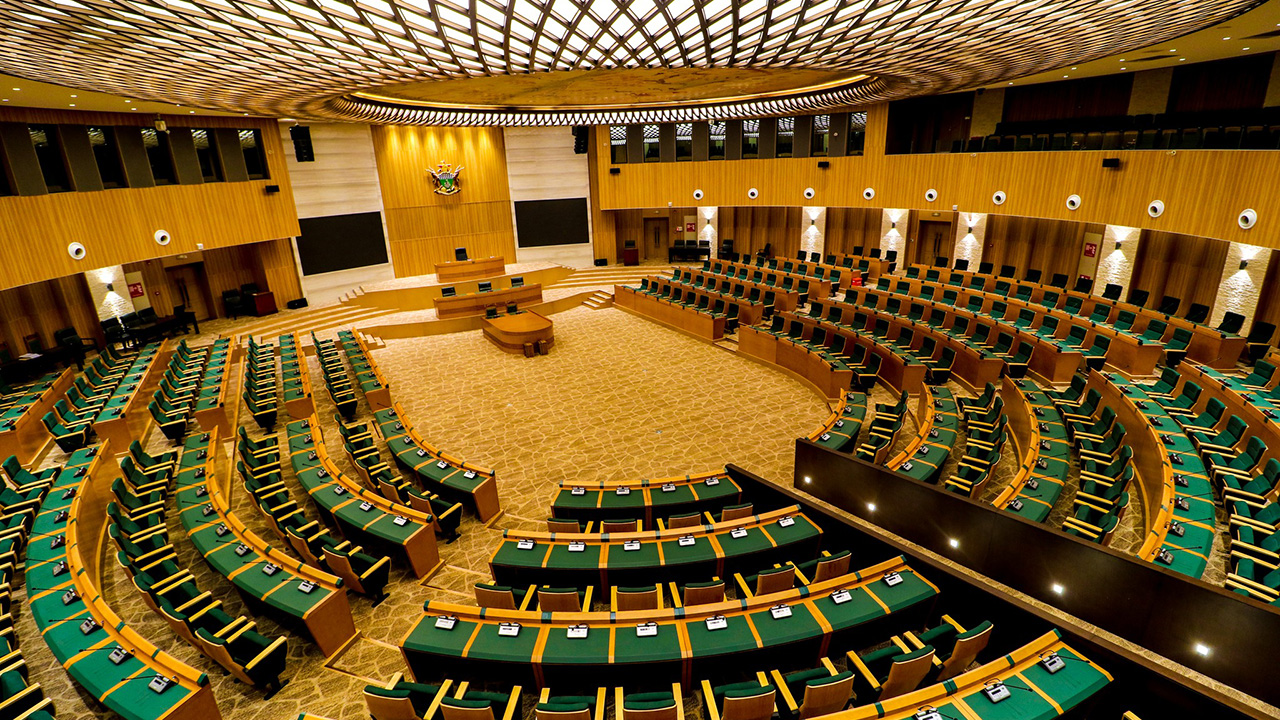


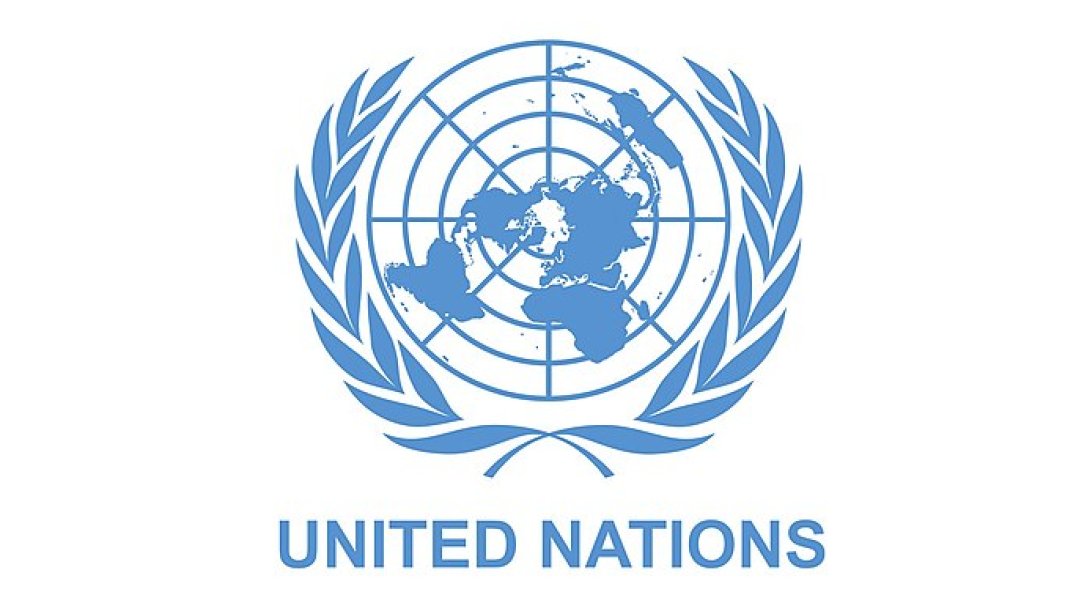


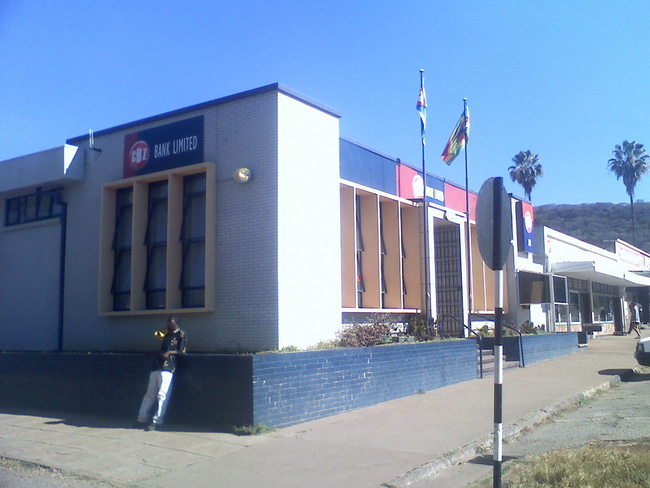
 Young Investment Professional (YIP) Graduate Programme 2019
Young Investment Professional (YIP) Graduate Programme 2019
Editor's Pick